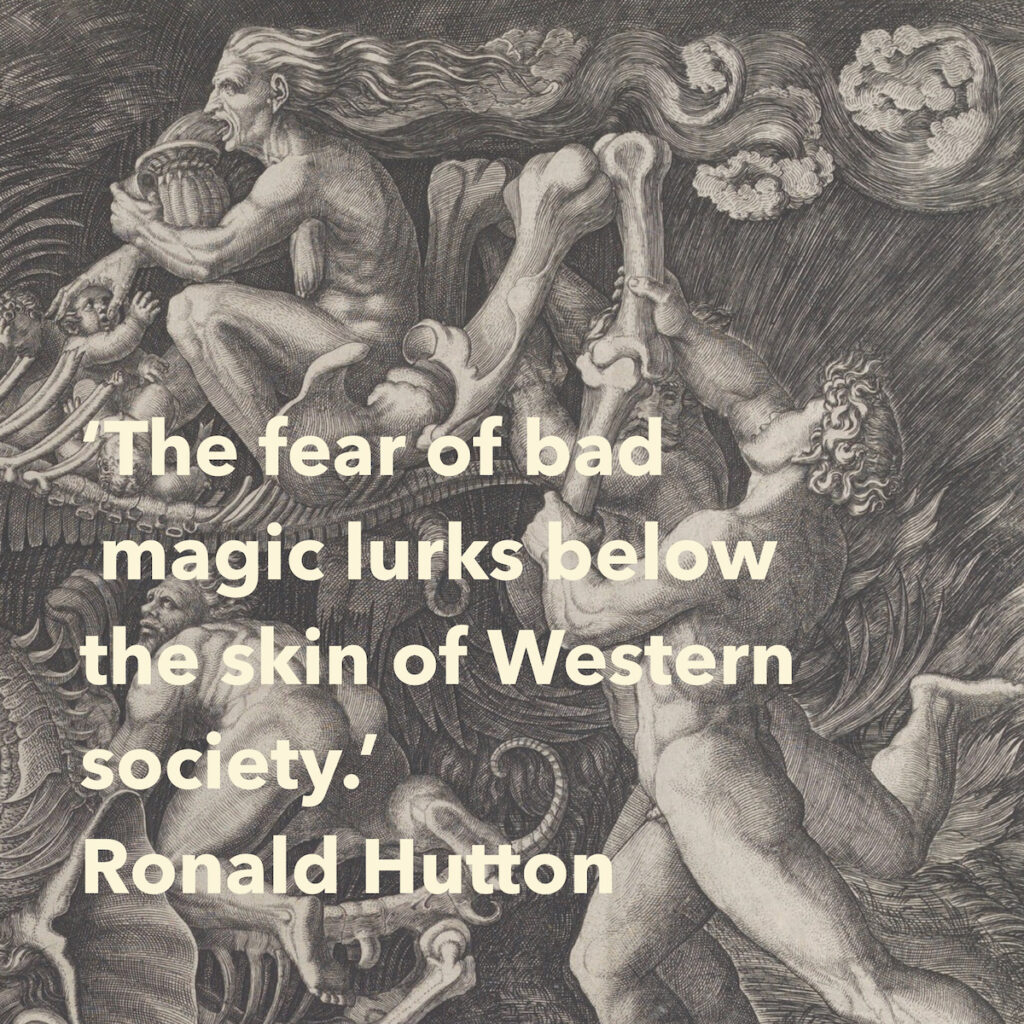“The fear of bad magic lurks below the skin of Western society. At times it comes up above the surface.”
In his new book, The Witch: A History of Fear from Ancient Times to the Present (Yale University Press), Ronald Hutton writes:
“[Societies] that have taken witchcraft seriously have not done so with the same intensity at all times. Instead, witch-hunting, all over the world, has tended since records began to burgeon dramatically at particular times and die away or fall to a low level at others.”
The period of greatest intensity for witch trials occurred in Europe between 1560 and 1640. The majority of people put to death for alleged witchcraft in European history (some 40-60,000) were executed in this 80-year period. Why did a Europe emerging from the Middle Ages persecute supposed witches with such vehemence? Why did panic about witches gain momentum in some places and not in others?
To answer these and other fascinating questions, Ronald Hutton explores the phenomenon of witchcraft – or rather a belief in the reality of witchcraft as a form of magic capable of harming others – in a wide variety of times and places. In this interview, we discuss some of them, including Ancient Egyptian magic, witch-hunter’s manuals, the peculiarly English interest in the witch’s familiar, and present-day belief in Satanic magic.

A major example of the way in which people in the European heartland constructed stories about satanic witchcraft is provided by their answers to the question of how witches travelled to the sabbath. Presented with it, usually under interrogation and often under torture, individuals came up with a variety of answers, partly reflecting local belief, but also what they could imagine or invent on the spot in response to a Europe-wide stereotype being articulated by the prosecutor. As a result, those methods presented in demonologies multiplied with time.
In the Malleus maleficarum of 1486, the same idea as that recorded in the earliest Alpine witch trials was retained: that witches rode on a piece of wood greased with an ointment made partly from human baby fat. By the time that Jean Bodin wrote, almost a century later and basing his information on trials in southern France and Italy, the ideas had elaborated. Some people were now said to apply the ointment to their own bodies, and then fly, while others, with or without the grease, rode animals of different kinds, or a broom or a pole.
